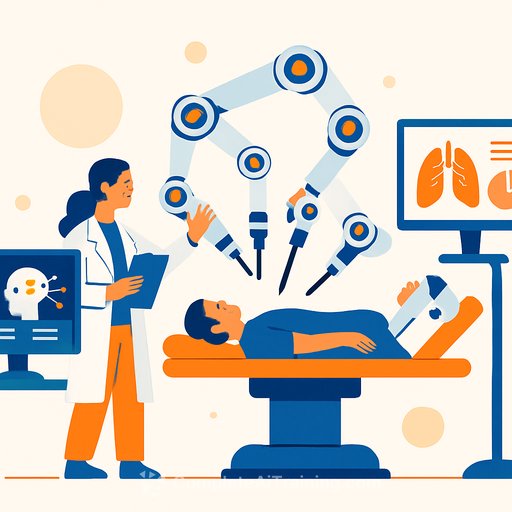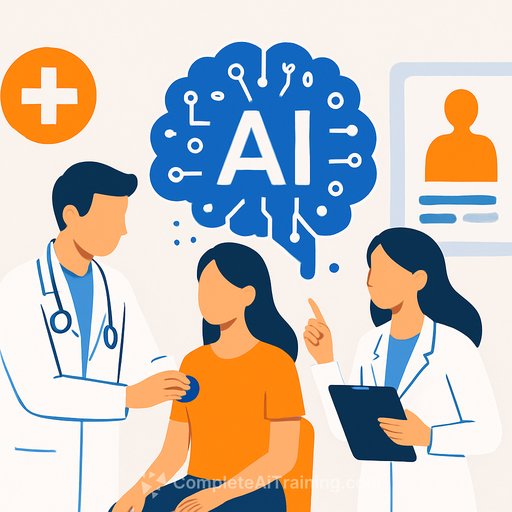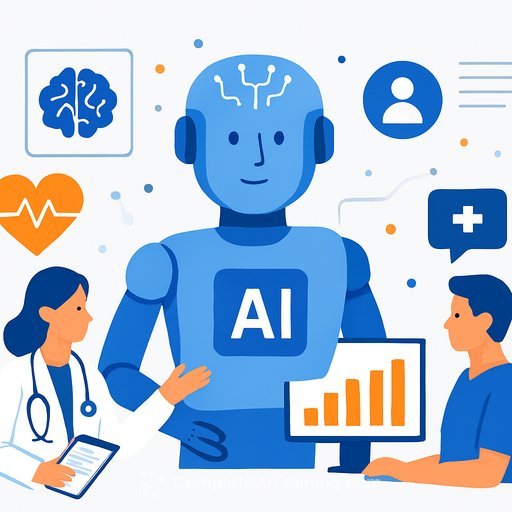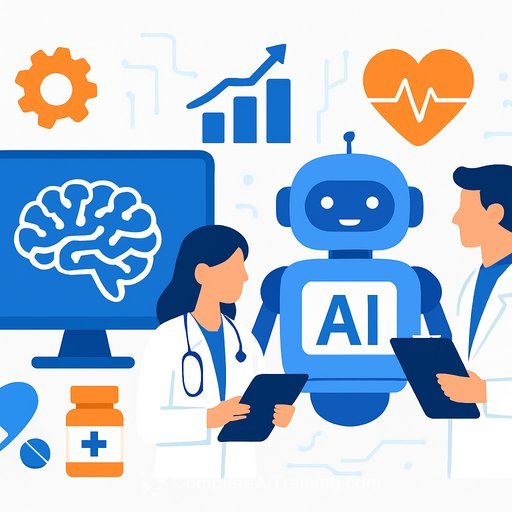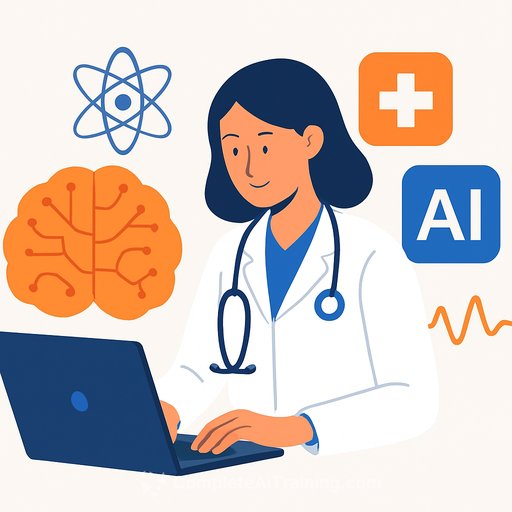What is Robotics in Healthcare? Top AI Use Cases, Benefits and Challenges
The adoption of robotics in healthcare has accelerated with advances in custom healthcare software development. Once considered futuristic, robots are now common in hospitals worldwide. They assist in precise surgeries, support patient rehabilitation, disinfect spaces, and facilitate remote consultations. By combining AI, machine learning, and engineering, healthcare robotics improves safety, speed, and efficiency in medical care. However, challenges around cost, ethics, and access remain critical for providers to address.
Key Takeaways
- By 2025, the global healthcare robotics market is expected to exceed $20 billion, mainly driven by surgical robots and automation.
- Over 70% of hospitals in developed countries use robotic technologies to enhance surgery outcomes and efficiency.
- AI-powered healthcare robots could reduce operational costs by 15-20%, making care more accessible worldwide.
What is Robotics in Healthcare?
Healthcare robotics involves AI-powered machines that assist medical professionals in diagnostics, treatment, rehabilitation, and hospital operations. These robots combine automation, precision, and data-driven decision-making to improve patient care and reduce errors.
How does Robotics in Healthcare Work?
Healthcare robotics integrates AI, machine learning, sensors, and mechanical engineering into medical workflows. For example, surgical robots use AI-guided instruments controlled by surgeons for minimally invasive procedures. Rehabilitation robots provide real-time patient feedback, while logistics robots automate delivery of medicines and supplies. These systems rely on AI models trained on large datasets to maintain accuracy and safety.
Real Robotics Use Cases in Healthcare
Robotics in healthcare has practical applications that are changing patient care and hospital operations worldwide. Here are some key use cases:
Robotic-Assisted Surgery
Surgical robots enable minimally invasive procedures with high precision. They reduce human error, shorten recovery times, and provide surgeons with enhanced visualization, often resulting in fewer complications.
Rehabilitation Robots
These robots support patients recovering from strokes, injuries, or neurological conditions. By adapting exercises and providing AI feedback, they personalize therapy and accelerate progress in motor skills.
Robotic Nursing Assistants
Nursing robots deliver medications and assist with patient mobility, easing staff workloads. They allow nurses to focus on critical care while ensuring consistent support for patients.
Disinfection and Sanitation Robots
Autonomous robots equipped with UV light or disinfectants sterilize hospital environments. They reduce infection risks in intensive care units and busy areas.
Telepresence Robots
Telemedicine robots enable doctors to consult patients remotely. They improve access to care in rural or underserved regions by providing real-time monitoring and on-demand consultations.
Benefits of Robotics in Healthcare
- Enhanced surgical precision: Robotic tools reduce invasiveness and ensure exact incisions, leading to fewer complications and quicker recovery.
- Fewer medical errors: AI-driven systems assist decision-making, lowering risks during surgeries, diagnoses, and treatments.
- Accelerated rehabilitation: Therapy robots customize exercises and monitor progress, helping patients regain motor functions faster.
- Improved hospital efficiency: Automation of logistics and routine nursing tasks frees staff for critical responsibilities.
- Broader care access: Telepresence robots connect doctors and patients remotely, bridging geographic gaps.
Challenges of Robotics in Healthcare
Despite progress, several challenges limit wider adoption of healthcare robotics:
- High costs: Investment in technology, infrastructure, and training can be prohibitive, especially for smaller facilities.
- Technical complexity: Operating advanced robots requires specialized skills and ongoing updates, which can strain understaffed environments.
- Data privacy: Handling sensitive patient data raises cybersecurity risks and compliance concerns.
- Ethical questions: Replacing human caregivers with robots prompts discussions on trust, empathy, and automation limits.
- Access inequality: Advanced robotics are concentrated in wealthier regions, creating disparities in healthcare quality.
Conclusion
Healthcare robotics is changing surgeries, rehabilitation, and hospital workflows. The improvements in precision, safety, and efficiency are clear. Still, cost, ethics, and accessibility challenges require attention. The future will likely involve human expertise working alongside intelligent machines to deliver better patient outcomes.
Your membership also unlocks:

